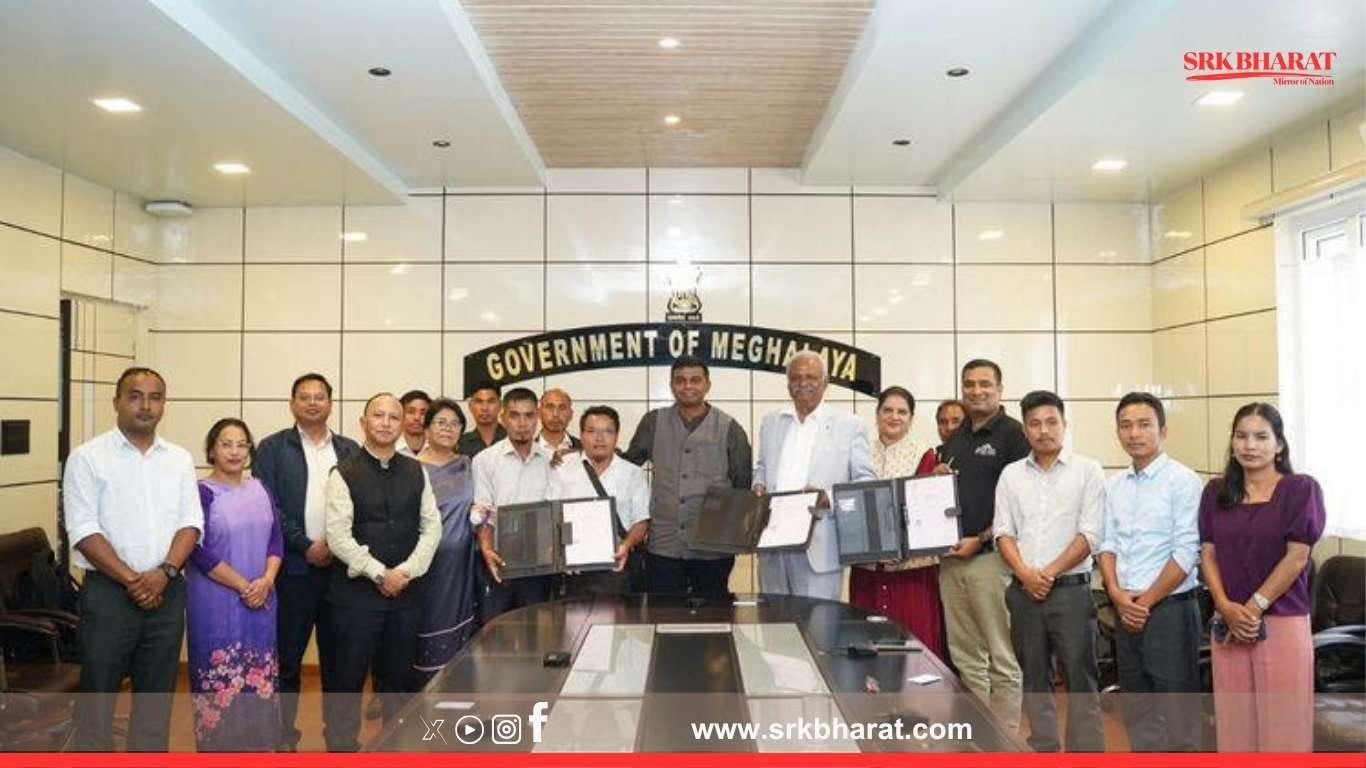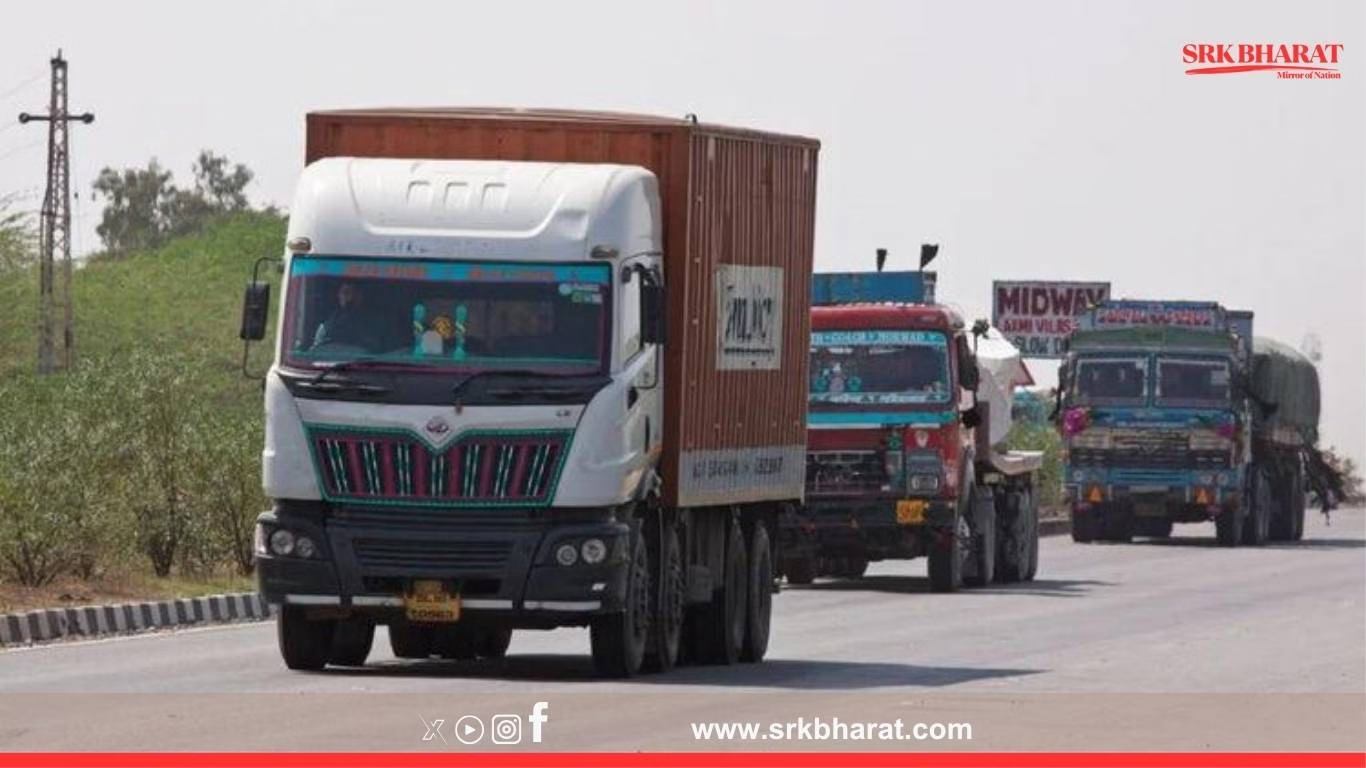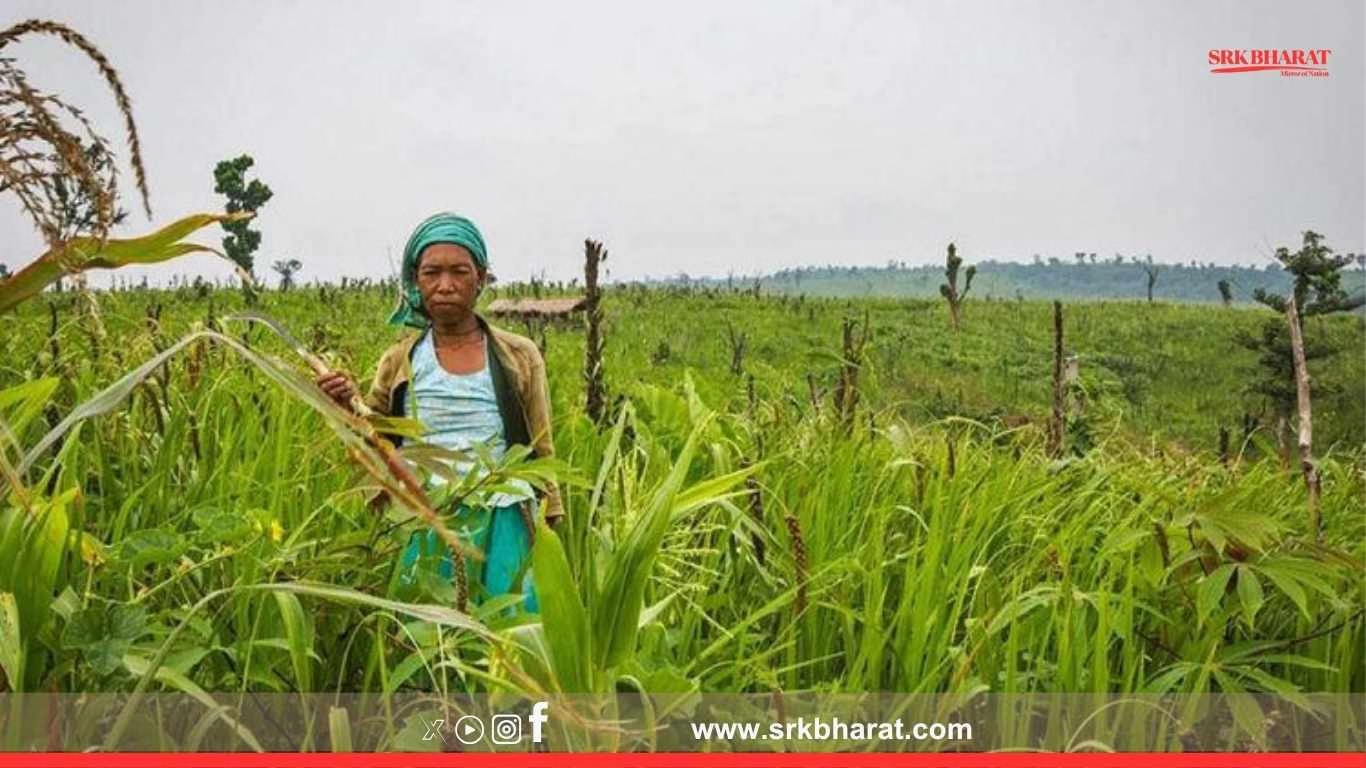Meghalaya’s sweet and aromatic Kew pineapples, which have earned a reputation for their premium quality, are set to reach markets across India this month. The state’s horticulture department has initiated large-scale harvesting and distribution processes to ensure smooth marketing of these pineapples, widely considered among the best in the country.
What makes Meghalaya’s Kew pineapples special?
The Kew variety grown in Meghalaya is distinguished by:
- High juice content
- Low fibre, making it ideal for fresh consumption and juicing
- Rich aroma and sweetness due to high elevation and organic practices
- Naturally grown with minimal chemical intervention in the foothills of Ri-Bhoi, West Garo Hills, East Garo Hills, and South Garo Hills districts
Farmers and traders note that pineapples cultivated in Meghalaya’s unique agro-climatic conditions develop a taste profile superior to pineapples sourced from other states or imported varieties.
Annual production and target markets
According to officials from the Meghalaya Horticulture Department:
| Year | Production (tonnes) | Target markets |
|---|---|---|
| 2022 | 1.44 lakh | Guwahati, Kolkata, Delhi, Mumbai |
| 2023 | 1.52 lakh | Guwahati, Kolkata, Delhi, Mumbai, Bengaluru |
| 2024 (estimate) | 1.60 lakh | Pan-India + pilot exports to Bangladesh and Middle East |
Current season update
This season, large consignments have already been shipped to:
- Assam and West Bengal: the highest consumer markets for Meghalaya pineapples
- Delhi and Mumbai: premium supermarkets and fruit chains targeting health-conscious urban customers
The state is working closely with Indian Railways and private cold chain logistics providers to reduce transit time, keeping pineapples fresh for longer and preventing price crashes at farm-gate levels.
Government intervention for market linkage
The Meghalaya government, under its horticulture mission, has:
- Formed farmer producer organisations (FPOs) to aggregate and market pineapples directly to large buyers.
- Collaborated with North Eastern Regional Agricultural Marketing Corporation (NERAMAC) for bulk procurement and branding under the “Meghalaya Pineapple” label.
- Provided financial support for:
- Collection centres
- Sorting, grading, and waxing facilities
- Refrigerated trucks to prevent spoilage
An official from the state horticulture department said:
“We are focusing on increasing farmer incomes by direct marketing and branding Meghalaya pineapples as a premium health fruit nationally.”
Farmers’ income impact
According to a recent survey of pineapple farmers in Ri-Bhoi district:
| Parameter | 2022 | 2023 | 2024 (projected) |
|---|---|---|---|
| Average price per pineapple | ₹10-₹12 | ₹13-₹15 | ₹16-₹18 |
| Average yield per farmer (pineapples) | 14,000 | 15,500 | 16,500 |
| Gross income per farmer (₹) | 1.7 lakh | 2.2 lakh | 2.7 lakh |
Farmers attribute the rising prices to improved direct market access and growing brand recognition of Meghalaya pineapples among retailers.
Export push in future
Meghalaya Chief Minister Conrad K Sangma, in recent public interactions, highlighted the government’s ambition to:
- Export pineapples to Bangladesh and Middle Eastern countries.
- Use pineapple exports as a stepping stone to market other horticultural products from the state, including ginger, turmeric, and oranges.
Negotiations with importers in Bangladesh are underway to begin shipments this harvest season. Export facilitation is supported by the Agricultural and Processed Food Products Export Development Authority (APEDA).
Challenges faced by pineapple farmers
Despite the positive developments, farmers continue to face hurdles such as:
- Lack of adequate cold storage and processing units within Meghalaya.
- Fluctuating prices during peak harvests due to supply-demand mismatch.
- Transport bottlenecks leading to delays in reaching distant markets like Delhi and Mumbai.
- Limited access to processing industries for value-added products such as canned pineapple, juices, or dried slices.
Expert recommendations
Agricultural economists suggest the following to maximise gains for farmers:
- Establishing local processing units to absorb excess produce and stabilise prices.
- Developing a Geographical Indication (GI) tag for Meghalaya Kew pineapples to strengthen branding.
- Training farmers in Good Agricultural Practices (GAP) to meet export quality standards consistently.
- Creating pineapple-based agri-tourism experiences to attract visitors and diversify farmer income.
Nutritional value driving demand
Health-conscious urban consumers are increasingly turning to pineapples for their high vitamin C, manganese, and antioxidant content. Nutritionists recommend it as a hydrating summer fruit that aids digestion, boosts immunity, and reduces inflammation.
Major pineapple-producing districts in Meghalaya
| District | Area under pineapple cultivation (ha) | Key markets supplied |
|---|---|---|
| Ri-Bhoi | 5,600 | Assam, Kolkata, Delhi |
| West Garo Hills | 4,800 | Kolkata, Guwahati, Mumbai |
| East Garo Hills | 3,200 | Assam, Bengaluru |
| South Garo Hills | 1,800 | Local markets, Assam |
Market outlook
Market analysts predict that with efficient branding and cold-chain infrastructure:
- Meghalaya’s share in India’s pineapple market will double within five years.
- Premium supermarkets will increasingly replace imported pineapples with Meghalaya’s Kew variety due to its superior freshness and cost competitiveness.
Conclusion
The rollout of Meghalaya’s famous Kew pineapples to markets across India this season marks an important milestone for the state’s horticulture sector. With rising consumer awareness, growing export plans, and strong government support, pineapple cultivation in Meghalaya is poised to become a driver of farmer prosperity, rural employment, and the state’s economic diversification strategy.
Disclaimer
This article is intended for informational and journalistic purposes only. Readers are advised to consult official horticulture and trade bodies for specific policies, market updates, or investment opportunities in the Meghalaya pineapple sector.











